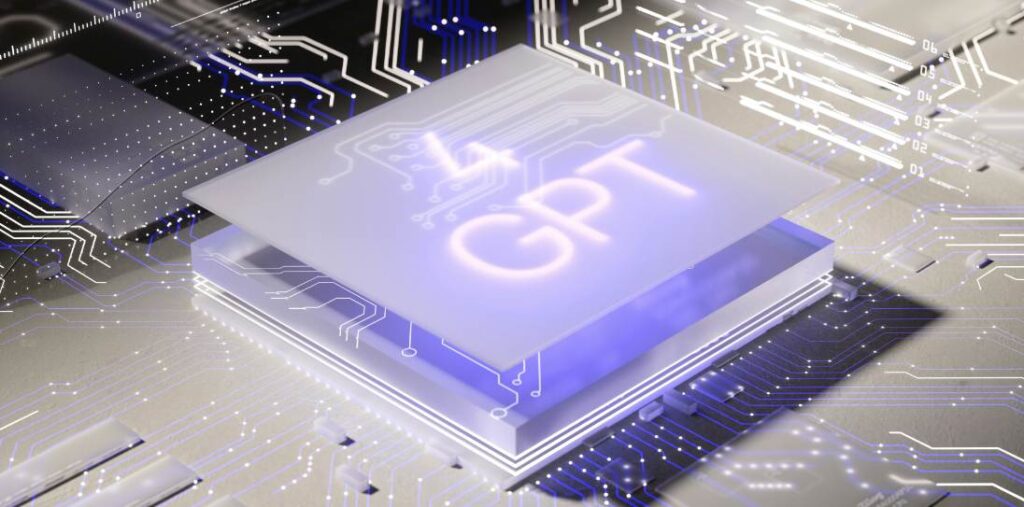The rapid advancements in Artificial Intelligence (AI) continue to reshape diverse industries, driving innovations that enhance performance, efficiency, and healthcare outcomes. In this article, we will explore recent developments from leading organizations like DeepMind Health, technological breakthroughs in Robotic Loading Systems, and the evolving conversation around Model Performance Metrics.
.
**DeepMind Health: A New Era in Medical AI**
DeepMind Health has made headlines in the past few years for its pioneering work in applying AI to healthcare challenges. Recently, the organization achieved significant progress in developing AI algorithms that assist in diagnosing eye diseases through image analysis. A study published in a prominent medical journal demonstrated that these algorithms can identify conditions such as diabetic retinopathy and age-related macular degeneration with accuracy that matches or even surpasses that of human specialists.
.
One of the critical aspects of DeepMind Health’s success is its collaboration with healthcare providers. By partnering with the Moorfields Eye Hospital in London, DeepMind has gained access to a vast database of retinal scans, which has enabled the training of its deep learning models. The integration of these models into existing clinical workflows promises not only to expedite diagnosis but also to lead to early interventions, ultimately improving patient outcomes.
.
In addition to eye disease detection, DeepMind Health has also expanded its focus to other areas within healthcare, exploring the use of AI for predicting patient deterioration in hospital settings. By analyzing patient data, the algorithms can signal healthcare professionals to take preventive measures, ensuring timely interventions for critical conditions. This capability has profound implications for resource allocation, cost savings, and overall patient care in hospitals, further bolstering the case for AI’s integration into daily operations.
.
**Robotic Loading Systems: Automating Logistics with AI**
Advances in robotic technology paired with AI capabilities are transforming logistics and supply chain management. Companies are increasingly adopting Robotic Loading Systems (RLS) that utilize AI-driven algorithms to automate the loading and unloading of goods in warehouses and distribution centers. These systems not only enhance operational efficiency but also optimize space utilization and reduce labor costs.
.
One noteworthy development in this field is the recent integration of AI-enabled predictive analytics within robotic systems. Modern RLS can now assess not only the current inventory status but also forecast demand patterns, allowing them to adjust loading strategies dynamically. For instance, these systems can prioritize loading items that are forecasted to sell faster, thus minimizing delays and enabling quicker deliveries.
.
Moreover, companies like Fetch Robotics and GreyOrange are at the forefront of this technological shift. Fetch Robotics offers autonomous mobile robots capable of transporting materials within warehouses, while GreyOrange’s AI-powered robots can autonomously sort and load items, ensuring optimized workflows. The combination of AI, robotic process automation, and machine learning enhances not only productivity but also accuracy in logistical operations.
.
The implementation of RLS has demonstrated its effectiveness during peak periods, such as holiday seasons when demand surges. During these times, the flexibility provided by RLS allows businesses to navigate staff shortages and increased workloads without compromising service quality. As the e-commerce sector continues to grow, the adoption of such systems will likely become even more prevalent as companies seek to maintain competitiveness and efficiency.
.
**Evolving Model Performance Metrics: Quantifying AI Success**
As AI technologies proliferate, the importance of understanding and measuring model performance becomes crucial. Traditional metrics like accuracy, precision, and recall are being re-evaluated, paving the way for new frameworks that capture the nuances of AI system performance. Researchers and practitioners are increasingly aiming for a broader understanding of operability, robustness, and biases within AI models.
.
Recent studies have brought attention to the necessity of incorporating fairness and ethical considerations into performance metrics. In particular, bias detection tools are gaining traction, as AI algorithms often unwittingly inherit biases present in training datasets. For instance, if an AI model used for hiring decisions is trained on a dataset from an organization that has historically favored certain demographic groups, the model may reflect those biases in its recommendations.
.
To address this, organizations are now developing holistic approaches to performance evaluation, factoring in not only performance metrics centered on task-specific accuracy but also the sociotechnical impacts of AI deployment. This includes the potential legal ramifications of biased decision-making and the ethical implications of an AI system’s application in sensitive areas like hiring or criminal justice.
.
Another innovative approach gaining attention is the concept of model explainability. With AI systems operating as ‘black boxes’, understanding how and why a model arrives at specific decisions is essential for fostering trust among users and stakeholders. New frameworks are being developed to provide insights into model behavior, with tools designed to generate visual explanations of decision-making processes and underlying mechanics. This aims to combat skepticism about AI’s validity, especially in critical fields like healthcare or finance.
.
Moreover, AI communities are focusing on developing standardized metrics that facilitate benchmarking across different models and applications. Initiatives led by organizations such as the Partnership on AI aim to establish universal criteria for evaluating AI systems, fostering reliability and transparency across deployments. This would encourage collaboration and knowledge sharing, ultimately accelerating advancements in AI technologies.
.
**Conclusion: The Future of AI Remains Bright**
The ongoing developments in AI showcased by initiatives like DeepMind Health’s medical applications, the rise of Robotic Loading Systems in logistics, and the evolution of model performance metrics reflect a vibrant landscape characterized by innovation and responsible deployment. As these technologies mature, it is clear that they hold the potential not only to revolutionize industries but also to improve lives by addressing pressing challenges.
.
The intersection of AI with healthcare, logistics, and ethical considerations highlights both the incredible potential and responsibilities that come with advancements in this field. Collaboration between researchers, practitioners, and policymakers will be essential to navigate the complexities that arise and to ensure that AI’s evolution continues to benefit society as a whole.
.
As we look towards the future, his landscape will undoubtedly continue to evolve, driven by a commitment to harness the power of AI thoughtfully and ethically for humanity’s progress. Industry insights indicate that 2024 will yield even more profound advancements, ushering in an era where AI becomes an integral part of our daily lives and routines.
.
Source:
1. “DeepMind AI Can Diagnose Eye Disease” – *The Lancet Digital Health*
2. “Robotic Systems in Supply Chain Management” – *Harvard Business Review*
3. “Towards Ethical AI: Improving Model Performance Metrics” – *IEEE AI Magazine*


























